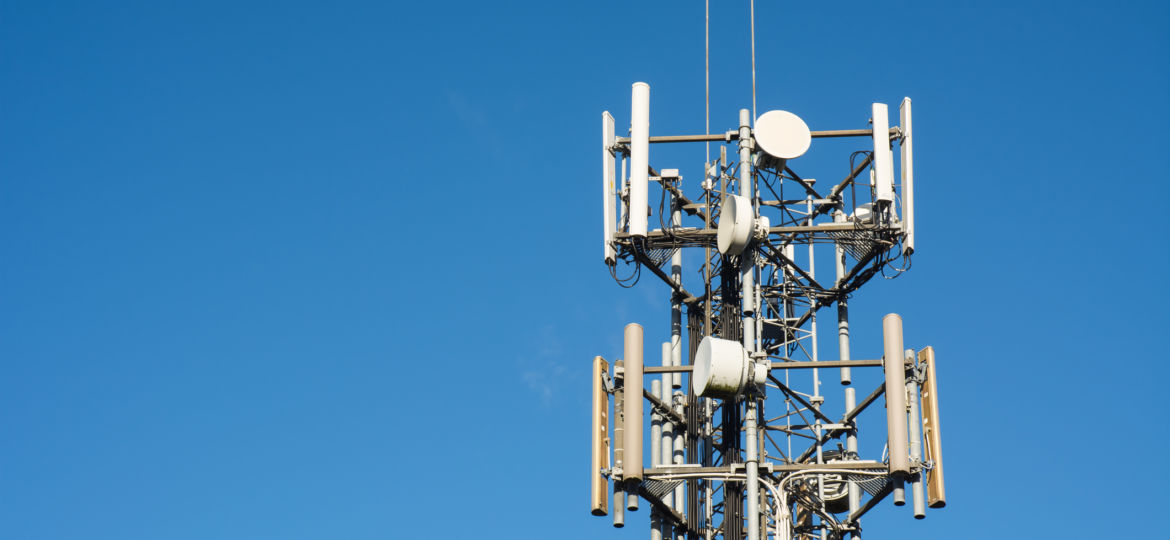
This is the third and final part of our Cell Tower Inspection series. You can read the previous posts here and here.
Hopefully, after reading parts 1 and 2, you have a better understanding of what a cell tower inspection consists of, the reasons behind using drone services and technology in those inspections, and the type of data sets and image sets that you can get by using a drone in the inspection of a cell tower.
In part 2, we looked at 3D modeling and high-resolution images and all that these types of images and data sets bring to the table.
In part 3, we are essentially going for the home run ball! This is going to be a look into some advancements in aerial imaging. 3D models and hi-res images are nothing new to photography, even where the drone is used.
But, in the past decade, there have been a few advancements in what the drone can actually ‘see’ and ways to translate that information into useable data and images.
This is accomplished by the use of thermal and LiDAR sensing technology. These are the types of sensors that will allow the drone to take your cell tower inspections into the 21st century.
Let’s first look at thermal sensors.
Thermal Sensing Technology and Your Cell Tower Inspection
A thermal sensor, when mounted on a cell tower inspection drone, will give a relative measurement of the surface temperature of land as opposed to other man-made objects. These temperature swings are invisible to the human eye. This creates an aerial thermal image for the purpose of analyzing and reports.
When your specific drone is outfitted with thermal sensing capability, you in essence have a very powerful tool that will report any unusual or unwanted heat sources.
There are certain pieces of the cell tower that are expected to produce a certain amount of heat. Thermal sensors can determine if this equipment is within tolerances regarding heat production. They can also show the maintenance team where potential problems may lie.
These thermal images can also make the drone pilot aware of any potential safety hazard to the aircraft and show where the temperature is at a level where the drone can fly without damage.
This is just another added benefit of implementing drone services into your cell tower inspection regimen.
LiDAR SensORs and Your Cell Tower Inspection
LiDAR is simply an acronym for ‘Light Detection and Ranging.’ Dedicated LiDAR sensors employ the use of laser emitted light energy that constantly scans the ground and effectively measures the range of the light that returns or ‘bounces’ back to the sensor.
This, in turn, produces a rather rich data set that can be used in the production of high-resolution maps, as well as detailed 3D models of just about any naturally occurring or man-made object.
Drone LiDAR collection sets yield the highest quality data when compared to other more traditional drone data collection methods. This technology can be used in many applications including construction, energy, and insurance, all industries that could possibly have a finger in the cell tower inspection process.
The ‘point cloud’ that a LiDAR sensor can produce is a far more robust set of data. This point cloud can effectively measure between 100 and 500 points per square meter of space measured at a vertical elevation accuracy of 2 to 3 centimeters. That is a lot of data from such a small area surveyed!
Well, now you are either thoroughly confused or highly educated about cell tower inspections by drones. Hopefully, it is the latter.
Should you have any further questions regarding the use of drones in cell tower inspections, or the types of imaging and data collected during these inspections by drones, just give the team at Mile High Drones the opportunity to serve you in all your cell tower inspection needs!

